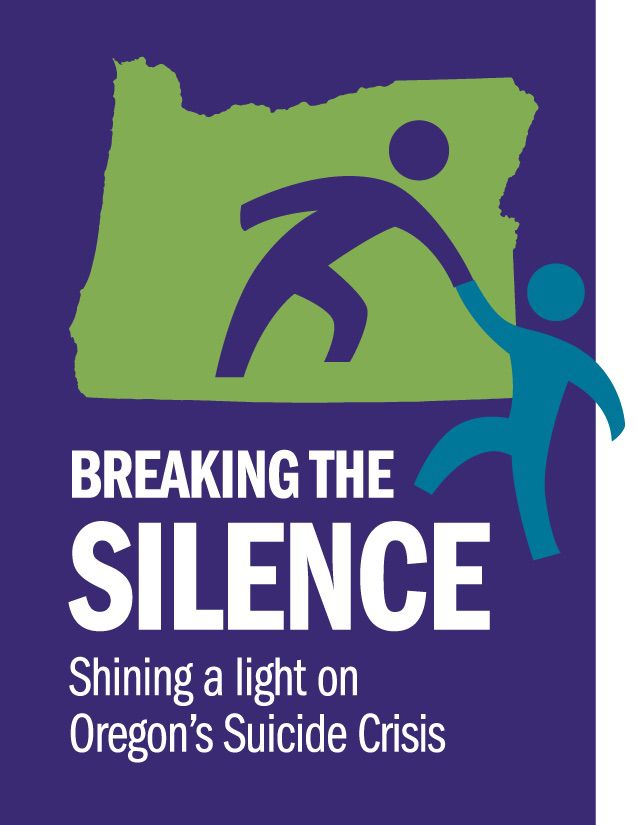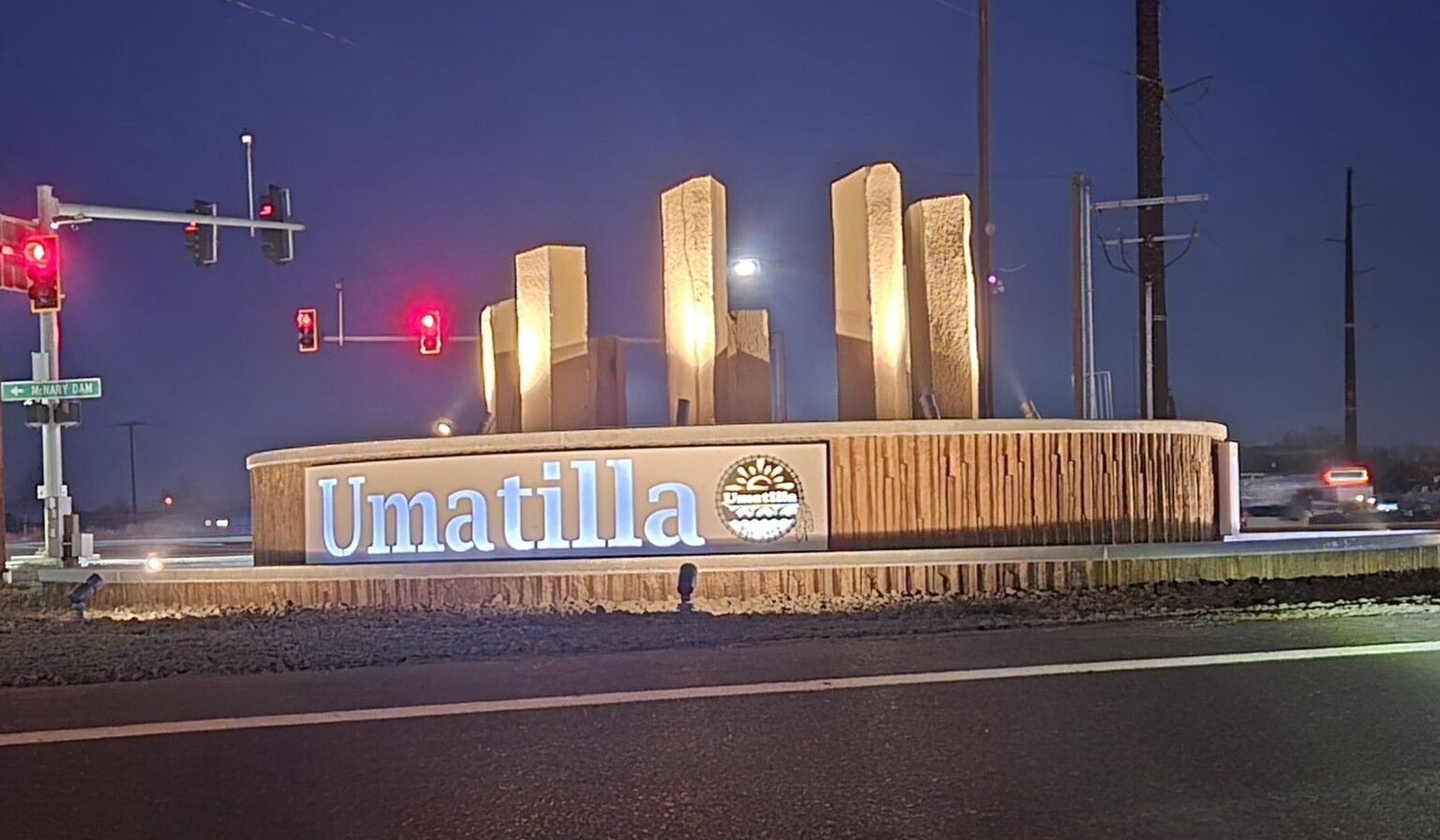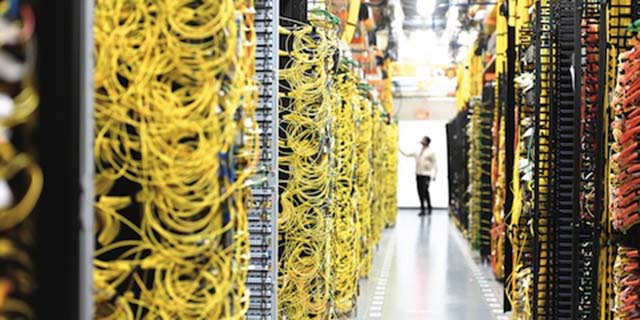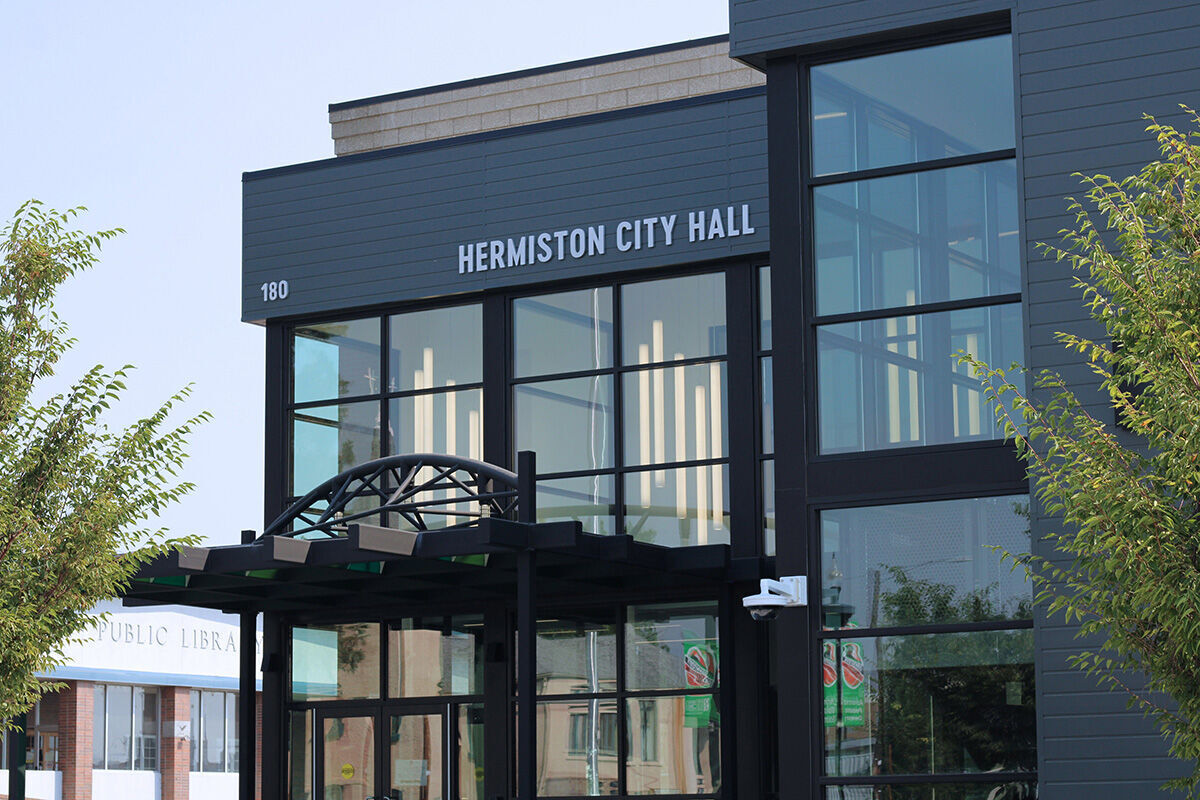Column: Choose to continue the sentence
Published 3:53 pm Monday, April 8, 2019

- Breaking the Silence
I used to consider the semicolon the unwanted child of punctuation. It is usually misused or mistakenly typed on the keyboard if you forgot to hold shift while pressing for the colon button. In writing, semicolons are used when the author could have used a period but chooses to connect clauses for a longer, more interesting sentence. But now, the semicolon has become greater than a simple punctuation mark.
The semicolon changed for me when I saw a picture of it in a friend’s room. I asked her what it stood for, and she replied, “It’s when an author could’ve chosen to end their sentence, but chose to continue instead.” I fell silent, working out the reasoning behind her words.
She then told me her story starting with her middle school friend. They would draw semicolons on their wrists with eyeliner (so it wouldn’t smudge off) as a reminder of hope for their life’s hardships. She suffers from ADHD which causes her to have anxiety; she has also experienced depression. I realized then that it related to survival and hope. That same day, I drew myself a picture of a semicolon and hung it on my wall. Her story and the simple drawing of that semicolon changed my entire view of the unwanted child of punctuation; I was left with a yearning to learn more.
I discovered that there is a movement called Project Semicolon. Amy Bleuel started this non-profit organization after she lost her father to suicide. Since 2013, this movement has helped over 5.2 million people. They follow the quote my friend shared with me: “A semicolon is used when an author could’ve chosen to end their sentence, but chose not to. The author is you, and the sentence is your life.” Project Semicolon’s website holds valuable articles and resources for anyone experiencing depression, suicidal thoughts, loneliness, and/or other mental diseases, and seeks to help with every struggle.
From this movement, tattoos of semicolons have spread like wildfire. These tattoos come in all different forms, from simple to extravagant pieces of art; there is no limit to the creativity. Many tattoos I’ve seen are with words like “cont;nue,” or “warr;or,” or “surv;ve.” But the most impactful tattoo I’ve seen is a heartbeat that goes flat, but at the end, there is a semicolon, and the heartbeat returns to normal. It shows that they tried to end their (life) sentence and start another one (death), but they decided to fight and survive another day.
The semicolon has taken on many different meanings. For some, it’s in remembrance of a loved one; for others, it is a symbol of hope, optimism, support, and/or survival. It symbolizes strength, where people can rise from their ashes like a phoenix and become stronger and beautiful once again.
For me, I see hope and inspiration to achieve my dreams and goals. Every time I look at the semicolon on my wall, I feel inspired to keep pushing through the day and have confidence that everything will work out in the end. But more importantly, I know that the semicolon is more than punctuation.
Ericka Wells is a student at Hermiston High School and an aspiring author writing her own book series.





